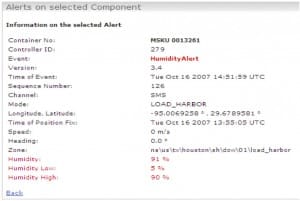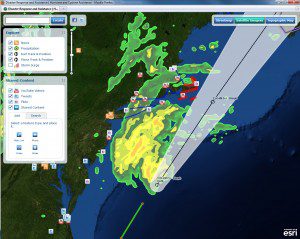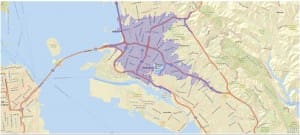Large chemical and oil and gas companies are, in general, far more advanced in their supply chain risk management practices than companies in other industries. But my coverage of this area convinces me that Dow Chemical, in particular, is one of the most advanced companies in the world in supply chain risk management.
Dow Chemical has revenues of $57 billion and employs 54,000 people around the world. It makes and ships agricultural, plastics and chemical products to customers in 160 countries.
This article is based on a speech Craig Casto, Global Leader of the RFID, GPS, AutoID, and the Telemetry Expertise Center at Dow Chemical, gave at the ARC Forum in February.
Dow makes approximately 7,000 shipments per day globally and it has the largest privately-owned railcar fleet in North America. Ninety percent of the company’s shipments involve non-hazardous chemicals. All North American railcars have two RFID tags, which allow Class 1 rail carriers to provide multiple updates per day on the location of each car. For non-hazardous shipments, this degree of visibility is sufficient. But for the 10 percent of Dow’s shipments that are classified as hazardous, a high degree of real time visibility is required.
Business requirements drive whether barcode, RFID or GPS is the appropriate form of Automatic Identification (AutoID). Cylinders are tracked with barcodes; transportation assets are tracked with RFID, cellular GPS, or satellite GPS. Transportation assets conveying hazardous chemicals require more extensive forms of tracking. For North American rail shipments of hazardous materials, cellular GPS is used to transmit location and sensor data multiple times throughout the day. Frequency of transmissions can be modified over the air based on the Department of Homeland Security’s threat level conditions. The GPS technology on the cars can create a wireless connection to various sensors monitoring car security, environmental conditions (temperature, pressure, shock, etc.) as well as the health of the mechanics of the car.

Dow also leverages cellular GPS technology for intermodal container shipments with sensors that measure temperature, humidity, shock and light. For example, a light sensor would register a container door opening as well as the location where the door was opened.
Cellular networks only extend about three miles from the coast, so the technology has the capability to register GPS locations while in transit and download all information at the next opportunity that the vessel and container are within cellular range. Dow has also used tracking devices on sea containers that combine cellular with satellite transmissions while at sea, for constant tracking when placed on the deck of large vessels.
Event management software is critical in assuring that Dow personnel or supply chain partners are not overwhelmed with data. This is necessary partly because of the large number of different things that can generate alerts.
The event management software allows Dow to establish rules that when violated, generate email or text message alerts that drive a response. The rules are used to determine whether a response is necessary and who should respond. This is driven by the parameters used to generate a sensor alert — e.g., the humidity alert goes off if a sensor detects humidity outside of defined parameters.

The size of the ruleset is also driven by context; the same event can generate an alert in one situation but not in another. Context is often driven by GPS geofencing. If a railcar hatch opens, but the railcar is in the geo-fenced part of a manufacturing plant where chemicals are loaded, or at a maintenance shop, that would not be an alert situation. In the US, the Transportation Security Administration (TSA) has designated high threat urban areas, and thus geofencing and alerting must be designed to support the TSA’s initiative.
Finally, nesting logic is an important feature for a visibility solution. If a humidity alert goes off, it is perhaps because a wave has gone over the bow of a ship and water has seeped into the container, so every drum in that container potentially needs to be checked for quality.

Dow’s visibility platform allows it to provide more robust estimated time of arrival data to customers. Dow can also set alerts that tell it when inventory has been sitting in a particular location for more than a defined number of days. Thus, in conclusion, once you have the ability to track inventory, even if the purpose was initially to improve risk management, that capability can be leveraged to improve the supply chain.


















